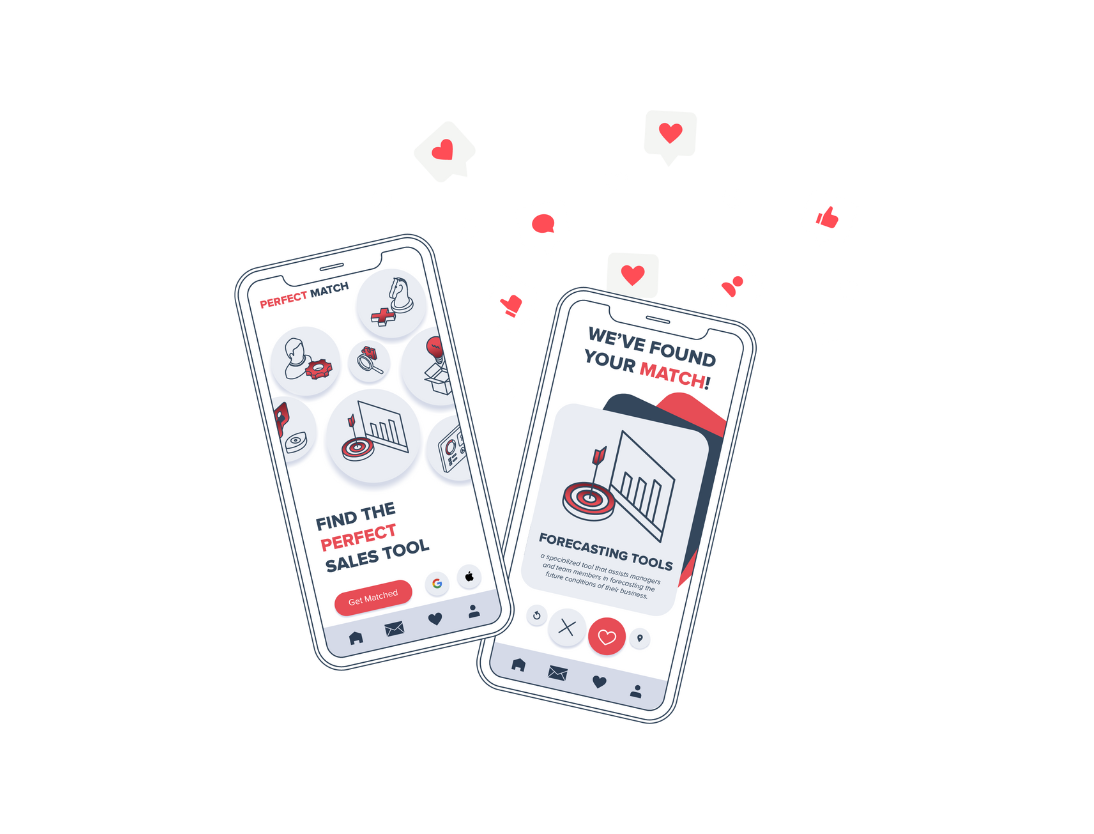In a recent survey, the majority of business professionals indicated that customer experience was their top priority for the next five years. There is a very good reason for this: 86% of customers want a better experience and are willing to pay more for it.
Positive customer experience, in other words, is key to keeping old customers and acquiring new ones. Not only will satisfied customers keep coming back, but they’ll also be more likely to spread the word about good experiences with your company — which, in turn, will bring in new customers.
So, what makes customers happy?
The answer is simple: consistency. Customers want easy, enjoyable, and consistent interactions with a business. The problem is, consistency isn’t as easy as it sounds. Keeping a business running efficiently takes a massive amount of hard work and energy. The culprits? Dirty data, mismanaged workflows, and lack of visibility. As businesses scale, even the most expertly orchestrated systems flounder. The result? Unhappy customers.
But there’s technology out there that can help. Business process automation software connects apps, automates business processes, and cleans customer data. With these tools, you'll revolutionise the customer experience.
We’re not exaggerating when we say business process automation software and customer experience are a perfect match. When used in conjunction with one another, they create a truly customer-centric strategy.
In this blog post, we tell you why.
Data
Business decisions based on “dirty” data often result in wasted resources, delays, and miscommunication — all of which impact customer experience. A company sullied by dirty data will be less likely to provide customers with the consistent service they expect and deserve.
With clean data, you’ll have the information you need to personalise customer experience, make the right decisions quickly, and create compelling and easy-to-fill-out forms. Accurate data will put you in the right position to deliver a delightful and satisfying customer experience.
So it’s plain to see that clean data is a driving force behind good customer experience. But how do you go about cleaning data? Definitely not manually!
The right business process automation software can do it for you. Automated data cleaning and quality control will deliver pristine data, enabling you to put your customers first. Never again will dirty data sully customer experience!
Workflows and programmable automation
Streamlined workflows are essential for delivering positive customer experiences. If the right content isn’t going to the right person at the right time, then you’ll end up with lost paperwork, long response times, and miscommunication. Not to mention unhappy customers.
That’s where programmable automation comes in. By creating specific workflows, you can automate internal processes and ensure the perfect fit for your business. For example, HubSpot’s Operations Hub allows you to automate tasks such as renewal management and lead scoring, driving reliable performance while reducing the time needed for each job.
When shopping around for automation software, we suggest that you choose a tool that can integrate across platforms. HubSpot’s Operations Hub workflow extensions, for example, trigger actions in third-party systems, like sending Slack messages, Zoom invites, and Asana tasks. Employees will know what to do and when to do it — and customers won’t be left in the dark.
Reporting
Don’t underestimate the value of reports and charts. They supply crucial insight into a business, allowing you to identify bottlenecks and optimise processes. Reports give you the tools to solve problems immediately and keep systems humming friction-free, driving the smoothest possible customer experience.
Enter business process automation. To get a holistic view of your business, you only need to look in one place for accurate reporting and dashboards. Business process automation provides easy access to real-time data, boosting the accuracy of your decisions and allowing you to deliver memorable customer experiences.
Conclusion:
Customers are at the heart of every business. Without them, things fall apart. By delivering consistent quality service to customers, you’ll nurture their trust and loyalty.
Business automation software makes customer experience a priority. Features like data cleaning, programmable automation, and reporting ensure smooth and efficient transactions, timely responses, and personalised attention. So automation and customer experience really are a match made in heaven!
Sound good? HubSpot Operations Hub can assist with all of the above. If you’re interested in learning more about the capabilities of Operations Hub, get in touch with us here.













